I read in the KLM flight magazine that Rembrandt van Rijn made long walks around Amsterdam after his wife Saskia died in 1642. Rembrandt was in his mid-30s, financially successful as a distinguished artist for more than a decade with a recently purchased house in a fashionable neighborhood of Amsterdam during the city’s Golden Age. Then Saskia, his young wife of eight years died, probably from tuberculosis.
The 17th century canal ring area of Amsterdam is a UNESCO World Heritage List site. The major concentric canals of Herengracht, Keizersgracht and Prinsengracht were built during Rembrandt’s lifetime when religious tolerance and extensive maritime trade resulted in the Dutch Golden Age and the need to create a city better designed to handle growing maritime commerce outside the historic city bounded by the Singel Canal.
The Netherlands passed under Spanish rule in 1515 with the accession of Charles V. The country rose in revolt in the 16th century in defence of public freedom and religious tolerance, since much of the population had espoused the Reformation. After a period of wars and compromises, the seven provinces of the northern Netherlands formed the independent United Provinces in 1581. This situation attracted rich Jewish families, Antwerp traders, and French Huguenots in particular to Amsterdam, the largest city in this relatively dispersed federation without any prince regent. It became a land of refuge and of free-thinking. For two decades the military situation, the naval in particular, with Spain remained tense; there were many conflicts, but maritime trade and warehousing activities developed quickly. The Dutch East India Company (VOC, 1602) and the Dutch West India Company (WIC, 1621) were created to trade with the Indian Ocean and the Americas respectively. The 17th century was a particularly flourishing period for the United Provinces, whose sovereignty, economic importance, and cultural uniqueness were fully recognised by the Treaty of Westphalia (1648).
At the end of the 16th century, Amsterdam developed very rapidly and the port-city soon ran out of space within the medieval confines of the Singel. A vast project, for defence and urban growth, was carried out in the 16th and 17th centuries. The new line of defence based on a new boundary canal, the Singelgracht, designed by Daniel Stalpaert, extended the city outwards by around 800m. The Singel was then transformed into an inland port (1601-1603). The positioning between the latter and the Singelgracht opened up space for a new urban area that still had to be drained and backfilled. The project, conceived by Hendrick Jacobszoon Staets, led to the construction of a new port and trading city, built along a network of three new main canals which made it possible for trading vessels to dock. They were in the form of a series of concentric arcs, parallel to the Singel and adopting the same hydraulic morphology. They were dug simultaneously starting from the IJ, towards the south. The two first sections took the work as far as the Leidsegracht radial canal, allowing backfilling and building to begin; the third section extended the work to the Amstel around 1620. Following exactly the same principles, a fourth section was undertaken beyond the river towards the ‘eastern islands’ in the mid-17th century.
However, regular planning following the annular canals stopped at the outermost edge of the three, the Prinsengracht. In its western section, between it and the new Singelgracht defence line, the Jordaan district followed the old plot boundaries of the gardens after which it is named, breaking with the rectilinear pattern of the initial plans. This district, which was originally more working class and inhabited by immigrants, is the only part of the nominated property at its urban boundary with the Prinsengracht Canal.
This planned extension of Amsterdam is the work of the mercantile middle class that ran the city. It managed the projects financially, supervised the drafting of the plans, coordinated the work, issued building regulations, and supervised their application. In meeting the needs of trade, practical functionality and hydraulic and military safety were the driving forces for the project. The general rise in wealth of the city and its inhabitants in the 17th century made it possible for this ambitious urban and port extension to be completed in accordance with the initial project.
Amsterdam’s growth made it one of the great European capitals, and its port became the most important for international maritime trade. In 1685 the city’s per capita income was four times that of Paris, allowing the quantity and quality of the real-estate development along the canals throughout the century. Amsterdam continued to develop its tradition as a mercantile, middle-class, humanist, and tolerant city. It continued to welcome immigrants, notably the French Huguenots after the revocation of the Edict of Nantes and more generally the free-thinkers of Europe. In this way, it enriched its economic and artistic elite, but also its expertise with the arrival of highly skilled craftsmen. At that time Amsterdam was one of the cultural capitals of Europe and among the most brilliant and most dynamic, notable for its printers, whose products were sold throughout the world.
The orderly growth of the city’s new districts along its canals became a reference urban model, an image of the ideal city that would be adopted and repeated right across 18th century Europe.
Singel Canal
Old Amsterdam is the city within the Singel Canal, the line of defense for Amsterdam in the 1500s. Economic prosperity created the need to expand the city beyond the Singel in the 1600s with the plan to create concentric canals around the Singel with the Herengracht, Keizersgracht and Prinsengracht.
Multatuli Square on Singel Canal. Multatuli is the pen name of Eduard Douwes Dekker 1820-1887, somewhat of an Edward Snowden for 19th century Holland when he returned to Amsterdam after a career in the Dutch East Indies and penned scathing critiques of Dutch colonialism in Indonesia.
Today the shipping ports are north of the city. Tour boats occupy the canal rings with the occasional barge temporarily located in a canal when used as a base for renovation construction of old canal buildings.
Herengracht Canal
Herengracht is the interior canal closest of the three 17th century urban canals to the medieval town of Amsterdam bounded by the Singel, Amsterdam’s historic defense canal.
Many of the buildings standing on the canals are more than 300 years old. There are few buildings more than five or six stories high in central Amsterdam. The churches tend to be the tallest buildings in the city center. Skyscrapers are several miles out of the city center.
The round kerk on Singel is used as a conference center as part of the Amsterdam Renaissance hotel.
Keizersgracht
The middle canal of the three 17th century canal rings is Keizersgracht. I have stayed at Starwood Luxury Collection’s Hotel Pulitzer with a room facing Keizersgracht. Rooms of the Hotel Pulitzer are located in the buildings to the right of the horse in the photo below. One of the drags of being in a hotel on the canal district is I am generally woken up in the morning by the sound of the garbage trucks stopping on the canal road outside the hotel. That is one reason I like staying in hotels outside the canal ring. They tend to be far quieter with few revelers at 3am walking the canal streets or work trucks conducting business before 8am when the canal streets are mostly vacant of bicycle and pedestrian obstructions.
Prinsengracht
The main entrance to Hotel Pulitzer, Starwood Hotels Luxury Collection is on Prinsengracht near Westerkerk. The hotel is constructed from 17th century homes and the result are lots of funky stairs to reach different levels of the hotel and walk from one building to another. Hotel Pulitzer is comprised of buildings on both Prinsengracht and Keizersgracht with a courtyard between room corridors.
Get lost walking Amsterdam canals is easy due to a similarity in housing style along four kilometers of road between Haarlemmer Straat and the Amstel River. Simply walking both sides of the canal on four canals of Prinsengracht, Keizersgracht, Herengracht and Singel is about 20 miles of canal roads and there are many miles more of canals elsewhere in Amsterdam, plus the Amstel River.
Many visitors to Amsterdam find themselves wandering aimlessly along the side of a canal walking for 30 to 40 minutes. You can walk one way across the canal, cross a bridge and make your way to the other side of the canal or follow a perpendicular alley to the next canal. This is something that can waste hours in a day looking at buildings, boats, birds and people watching.
Art is a major part of the Amsterdam experience for us. Art is not confined to museums. Amsterdam is a city of creativity. Art surrounds you.
After a day in Amsterdam when I took 400 photos including the ones seen so far in this piece, I looked at my photos and thought to myself that I had not captured the Amsterdam imagery that captivates me every time I visit the city. The problem seemed to be that canal photos give a broad view of the city setting for Amsterdam, but the photos lack the essence of what makes Amsterdam a visually intriguing place to walk. Kelley kept pointing out patterns in bricks in the architecture. The following day I went high detail with my camera.
There are designs in signs.
Haarstijl means hairstyle and I like this sign design style.
Two representative elements of Amsterdam seen are the street poles with a vertical XXX symbol used as pedestrian protection barriers from cars. The urban brick covering Amsterdam is augmented by residents who maintain potted flowers, plants and trees in the small spaces between the road and buildings.
Getting lost in Amsterdam is so easy due to the similarity of 17th century canal houses along the canal rings. Prinsengracht has Westerkerk as a landmark and Singel has the round church.
Amsterdam is our place where we lift the weight of existence off our shoulders and relax. For some people that sensation is achieved by a trip to a beach resort or ski trip and outdoor adventures.
Since we live in a beach town and outdoor adventure opportunities are easy to access in California, one of our favorite places to getaway is the beautiful city of Amsterdam with low-key people, laid back commerce and many fine hotels.
Atlas carries the celestial heavens on his shoulders atop the 1655 City Hall/Royal Palace of Amsterdam. The brick building on the right will open as the W Amsterdam hotel in 2015.
Long walks alongside the canals of Amsterdam is kind of like our personal version of a Julie Delpy and Ethan Hawke Before Sunrise, Before Sunset, Before Midnight conversational adventure to remind us we are still making our way through this life together…
one step at a time.


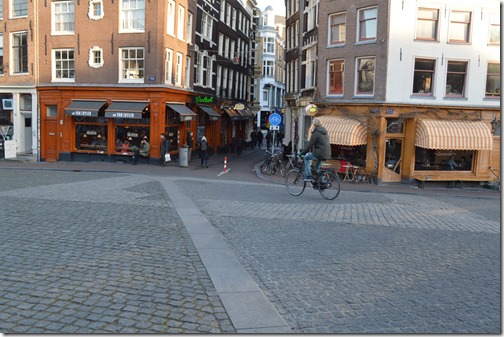
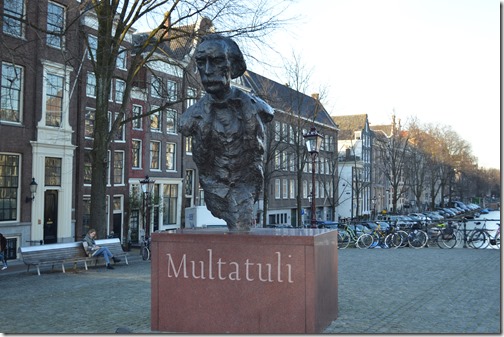
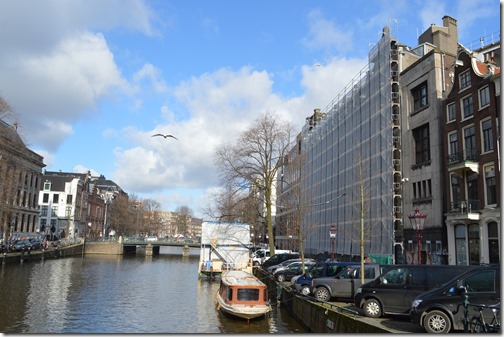
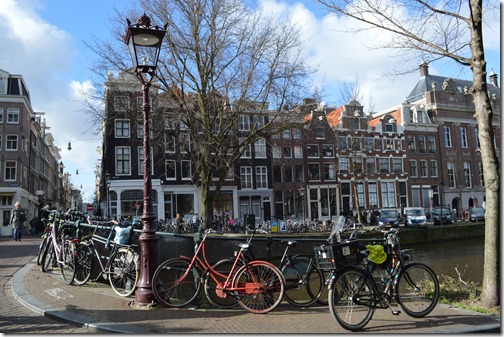
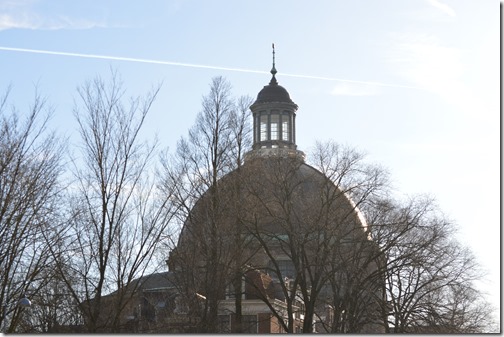
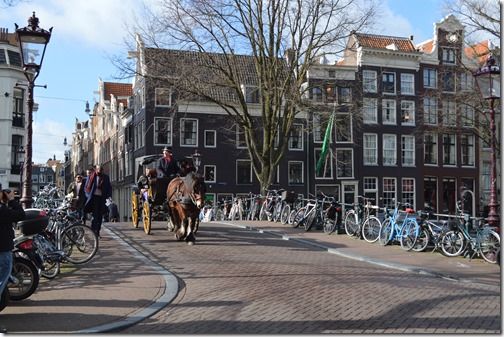
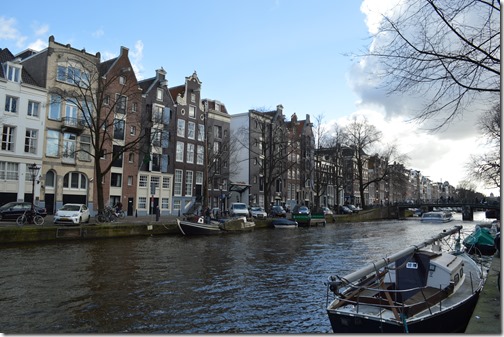
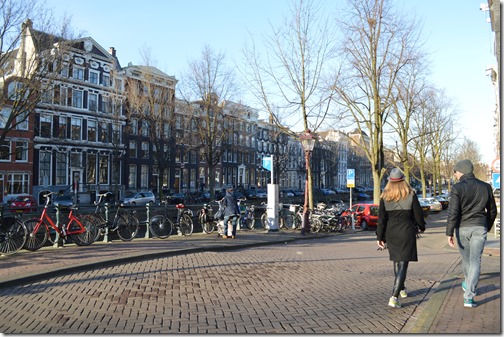
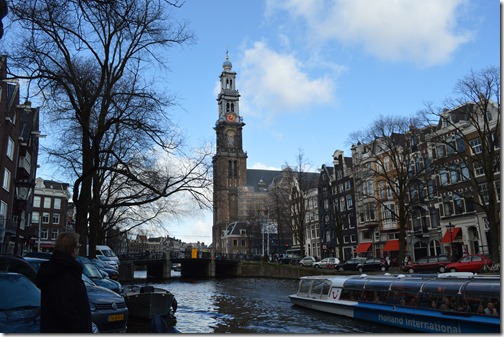
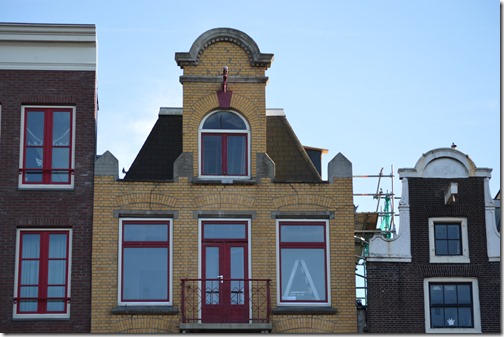

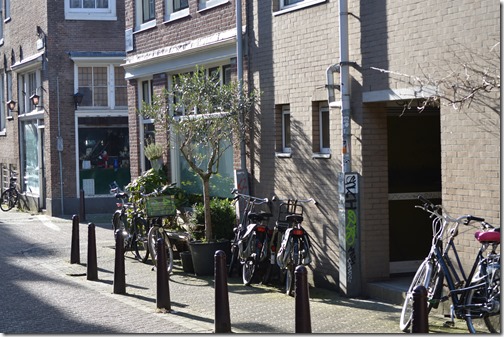
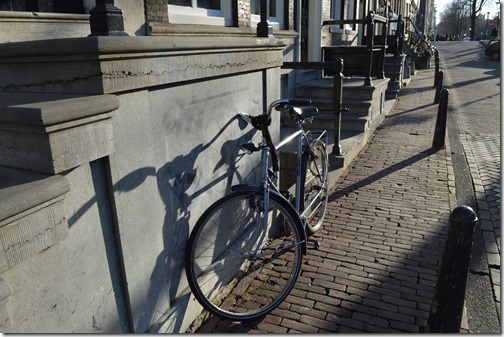

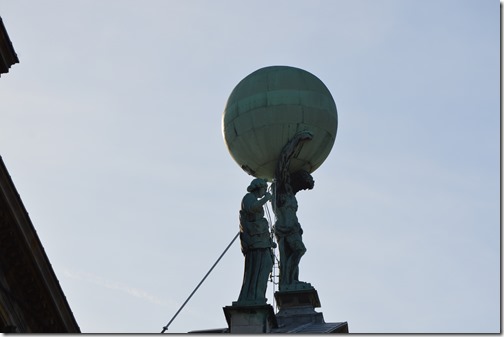

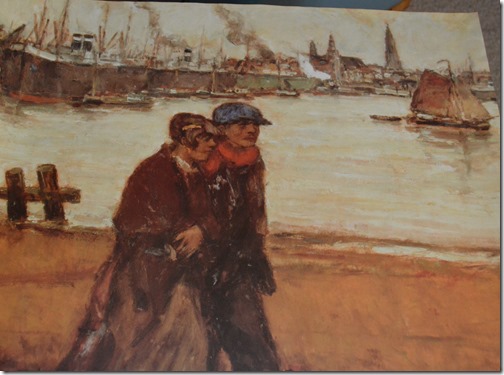
7 Comments
Comments are closed.